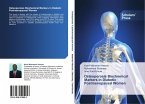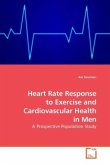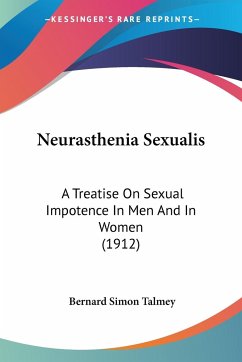Biochemical markers may capture the imbalance between boneformation and resorption influencing osteoporosis. They may allowquantitative evaluation of rates of bone loss, and thereby identifypersons at risk for osteoporosis. Determinants of marker levels mayalso provide insights into factors influencing bone turnover. Theoverall objectives of this work were to investigate factorsinfluencing selected bone turnover marker levels, and theassociations of markers with DXA in men, using a classic twin,cross-sectional, prospective and retrospective cohort study design.The classic twin study design was used to estimate the role oftotal heredity (genes and childhood elements), exercise (leisuretime, work-related physical activities, and sports), smoking,calcium intake, weight and other health related factors indetermining bone marker levels. Degenerative features based on MRImeasurements at the spine were assessed in relation to DXA and bonemarkers to investigate whether degenerative findings influence thecorrelation of DXA with bone markers. The samples for the studiesdescribed here came from the TwinSpine Study, a research projectwithin Finnish Twin Study Cohort.
Bitte wählen Sie Ihr Anliegen aus.
Rechnungen
Retourenschein anfordern
Bestellstatus
Storno








